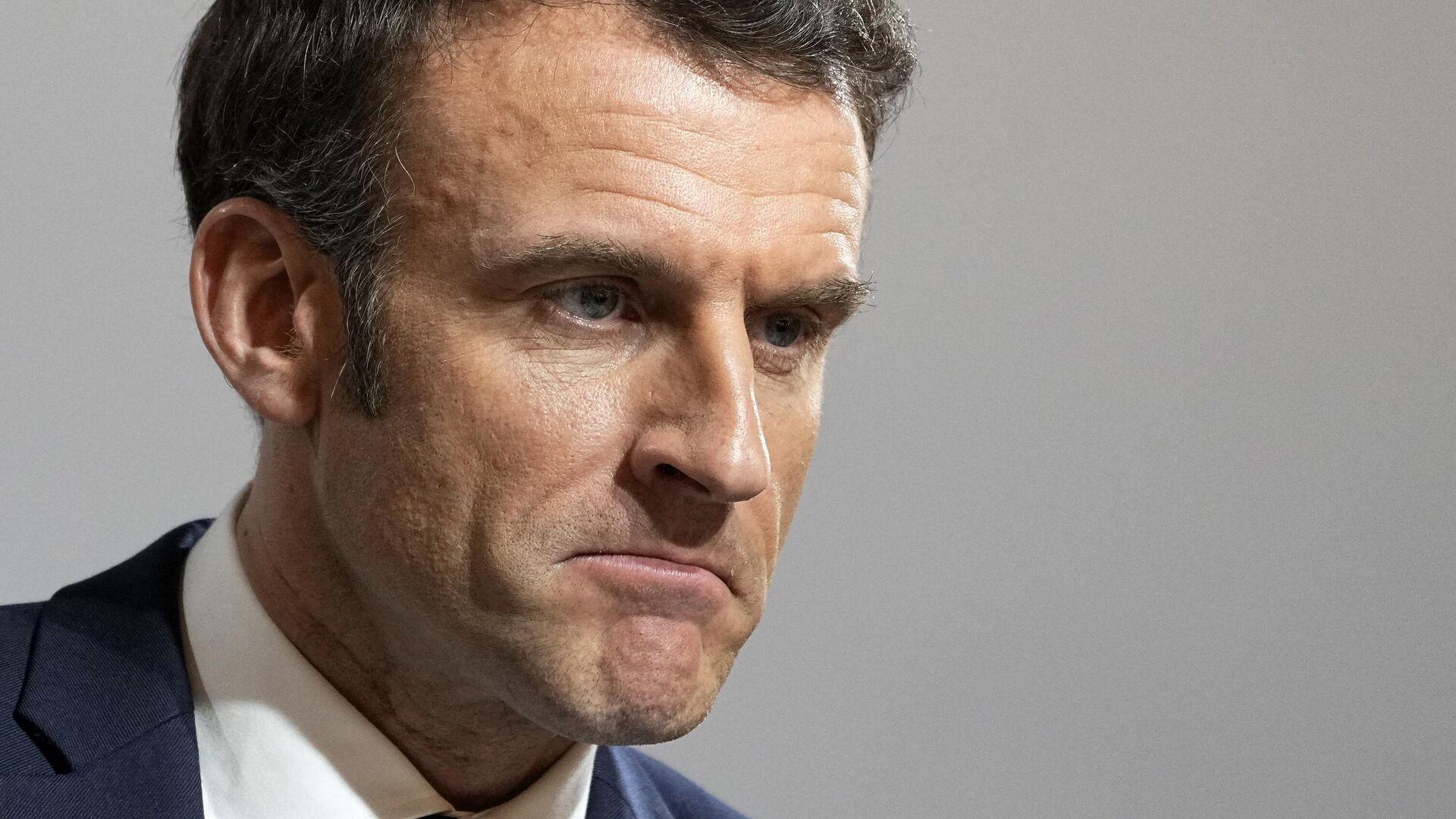Fragile fabric of Europe’s unity: Paris summit exposes deep divisions Article by The Guardian
In a thought-provoking piece, The Guardian highlights the growing rift within the European Union, as leaders gathered in Paris for urgent discussions on Ukraine. The article reflects on a week that revealed just how deeply the values of member states have diverged. Caliber.Az brings this insightful report to its readers.
After dozens of summits where the European Union’s hesitance and discordance were on full display, the Paris summit had to be, as it turned out, a pivotal moment for the future of Europe’s stance on Ukraine. Leaders from France, Germany, Poland, Italy, Spain, Denmark (representing the Nordic and Baltic states), the UK Prime Minister, as well as heads from NATO and the European Commission and Council, arrived in Paris after a historic week that dramatically altered the transatlantic landscape.

The previous week had thrown Europe into a whirlwind. On February 10, US Vice President JD Vance publicly criticized Europe for its “excessive regulation” of potentially harmful technologies. Just two days later, President Donald Trump initiated talks with Vladimir Putin on ending the war in Ukraine. On Wednesday, US Secretary of Defense Pete Hegseth delivered a blunt message to European counterparts, telling them that the US was no longer “primarily focused” on Europe’s security and that Europe would now need to take the lead in defending Ukraine.
On February 14, the ideological assault by Vance took a dramatic turn. He accused European democracies of suppressing free speech, kowtowing to multiculturalism, and fearing voters. According to Vance, Europe’s real threat didn’t lie in Russia, but in what he described as “internal” issues. Vance even chose to meet with Alice Weidel, leader of the far-right Alternative for Germany (AfD), while bypassing German Chancellor Olaf Scholz.
In the span of five days, European leaders were jolted with three sobering realities: First, it became clear that the US and Europe no longer shared the values that had underpinned their alliance since 1945. Second, Europe could no longer rely on the US for its security. And third, when it came to the immediate issue of the war in Ukraine, the US had a plan that did not include Europe at the table—let alone Ukraine.
In response, French President Emmanuel Macron convened the Paris summit. According to an Elysée adviser, Macron emphasized the need for Europe to “do more, better and in a coherent way” to address the challenges to collective security. The summit brought together a coalition of European leaders who were seen as not only the most determined but also the most capable in responding to these challenges. This included Britain, despite no longer being an EU member, which continues to be a key military power in Europe and a significant contributor to Ukraine’s defence.
Upon arrival, European Commission President Ursula von der Leyen underscored the critical juncture Europe now faced. “Europe’s security is at a turning point,” she said. “Yes, it’s about Ukraine—but also about us. We need an urgency mindset. We need a surge in defence. And we need both now.”

But the February 17 summit is only the first step in what promises to be a lengthy and complex process toward a cohesive European security policy. Europe’s security environment has changed, but Europe itself remains divided. One of the most pressing challenges stems from internal divisions, particularly with populist, far-right governments that are sceptical of both the EU and Ukraine. Hungary’s Foreign Minister Péter Szijjártó wasted no time denouncing the summit, calling it a gathering of “pro-war, anti-Trump” European leaders seeking to “prevent a peace agreement in Ukraine.”
Slovakia’s populist Prime Minister Robert Fico also criticized the summit, saying that EU officials had no mandate to play a role in any ceasefire talks for Ukraine. Fico added that the EU’s participation in such discussions undermined trust in the bloc. Slovenia’s pro-European President Nataša Pirc Musar similarly expressed frustration, stating, “Even within the EU, not all states are treated equally.”
The discussions also highlighted potential political pitfalls for several EU countries, as many leaders will face difficult domestic political battles over increasing defence spending. According to NATO, countries like Portugal, Italy, Spain, Belgium, Croatia, Luxembourg, and Slovenia currently spend less than the 2% of GDP target for defence. The question of shared borrowing to fund Europe’s security needs is another contentious issue, especially with Germany strongly opposing it, while others, like France, see it as a necessary step.

More immediately, there were sharp divisions over Ukraine’s postwar security. Macron had already floated the idea of a European peacekeeping force in Ukraine, which garnered some support. UK Prime Minister Keir Starmer confirmed on February 16 that the UK was prepared to put troops on the ground, with Sweden also expressing readiness to contribute. However, countries like the Netherlands were more hesitant, stating they were “not negative” but cautious. Germany, meanwhile, called the idea “premature,” and Poland, which has been one of the EU’s staunchest advocates for military aid to Ukraine, declared that it had “no plans” to send Polish troops.
EU diplomats fear that the ideological and transactional approach of the Trump administration could further splinter Europe’s already fragile unity. Whether the Paris summit will lead to a more unified European stance remains to be seen. But for now, the Paris meeting marks only the first step on a long and complex road ahead for Europe’s security future.








